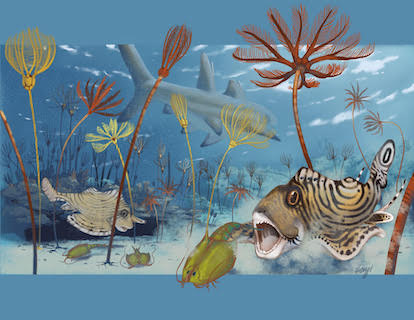New species of ancient shark identified at Mammoth Cave
Published 8:52 am Friday, March 21, 2025
Researchers have discovered a new-to-science species of ancient shark during an ongoing paleontological resource inventory at Mammoth Cave National Park.
The new species of obruchevodid petalodont, called Clavusodens mcginnisi, or “McGinnis nail tooth,” was identified through a number of fossil teeth located in the Ste. Genevieve Formation, a layer of rocks in the park that dates back approximately 340 million years during a time known as the Middle Mississippian period.
Molly Schorer, the park’s public information officer, said this particular fossil was among some of the many fossils collected through paleontological research at the park and that to date, over 70 species of sharks and other fish have been identified from this geologic layer, including four new species.
Trending
“This is a very small shark,” she said. “It’s only around 3 to 4 inches in length. They are also nicknamed chipmunk shark because of their small size and chisel-like front teeth used to eat crustaceans, worms and brachiopods off of the bottom of the sea floor.”
Schorer said the shark’s back teeth, shaped like old iron nails, are the reason it was given the name McGinnis nail tooth.
The species name, mcginnissi, honors retired National Park Service superintendent and naturalist David McGinnis, whose 39-year career started at Mammoth Cave National Park, according to information in a news release.
Before the recent PRI study at the park, the shark fossils in the Ste. Genevieve Formation — which is made up of limestone and shale that was formed at the bottom of a warm ocean reef “similar to the environment of the Caribbean” — remained undiscovered.
“We have always known there were a lot of corals and fossils in this area,” Schroer said. “But when we started this PRI inventory five years ago … that’s when the shark fossils started showing up.”
It was then that fossil shark specialist John-Paul “JP” Hodnett of the Maryland-National Capital Parks and Planning Commission was recruited to help identify the park’s shark fossils, which were primarily teeth and fin spines.
Trending
“He let us know that we have found something very special,” she said.
— For more information about the fossils at Mammoth Cave National Park, visit https://ow.ly/6KZW50VeRUB









